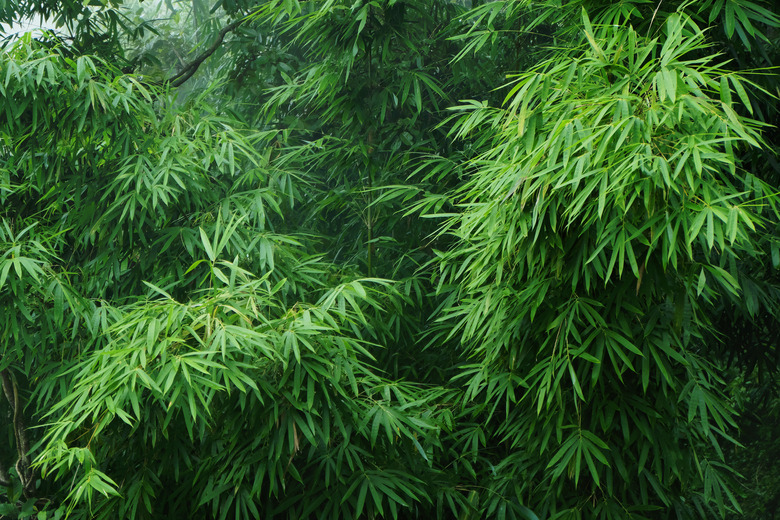How To Grow Black Bamboo From Seed
We may receive a commission on purchases made from links.
Growing plants from seed requires patience and care. It is not a project to undertake if you hope for quick results; however, it can be a very rewarding experience if done properly. Bamboo plants can be grown directly from seed if given the right care and environmental surroundings. Black bamboo, scientifically known as Phyllostachys nigra (U.S. Department of Agriculture plant hardiness zones 7 through 10), is very striking and can add a sophisticated look to a plant collection or garden.
Black Bamboo Species
Black Bamboo Species
Black bamboo is similar to other bamboo plants in the sense that it grows fast and is relatively easy to care for. The biggest difference you might notice when comparing black bamboo to golden bamboo (Phyllostachys aurea, USDA zones 4 through 10) is its physical appearance at maturity. Black bamboo has green stems when they first appear, but they change to black as they reach maturity.
According to Lewis Bamboo, bamboo plants mature once per year and those specific shoots will never grow in height again. Every year new shoots will appear and grow higher than the previous year, resulting in a taller plant that over time can reach a height of up to 30 feet. This is if you plant your bamboo outdoors; however, if planted in a pot indoors, the bamboo plant will have a more restricted growing area, resulting in a smaller plant with fewer new shoots.
Starting Black Bamboo From Seed
Starting Black Bamboo From Seed
The place to start when deciding to grow bamboo from seed is making sure you have the right starter soil as well as viable seeds. Organic compost is an excellent fertilizer to which bamboo plants respond well; this makes it a natural choice as a compound in which to sow your seeds and allows for healthy, quick germination. Place the compost in peat pots and moisten it with water.
Before you sow the seeds, soak them in tepid water for 24 hours. Monitor the water so it does not get too warm or too cold (depending on the ambient air temperatures) because this could affect whether the seeds sprout. While your seeds are soaking, cover the pots you plan to use with a plastic bag or another type of transparent or translucent covering to create a sort of mini greenhouse to keep the soil warm.
Seed Germination and Growth
Seed Germination and Growth
Once the seeds are ready to be sown, place them on the moist soil and cover with a fine layer of compost. Replace the plastic covering over the pot and find a spot with medium shade for your seeds. Never place the pot in direct sunlight, as this will reduce the seeds' chances of sprouting. You can expect to see the beginnings of sprouts in around 10 days if the ideal growing conditions have been met; otherwise, be patient as the seeds may sprout later — in as many as 20 days or more.
Continue to monitor the soil so that it never dries out completely. If you notice the soil drying out, mist the top layer to keep it moist. As the sprouts grow, don't allow any of the leaves to come in contact with the plastic covering over the pot. To avoid this problem, select a covering large enough to provide growing room for the seeds. If touched, the leaves may rot, which will likely cause the new plant to die. After approximately 30 days, the germinated seeds that have developed into sprouts may be moved to a larger pot to give them more space to grow.
For the new sprouts to thrive, they need a fast-draining soil mix. They prefer partially shaded areas with occasional direct sunlight and warm conditions. Black bamboo plants will thrive in outdoor conditions in their hardiness zones, but be warned that this species is a running bamboo, meaning it could become invasive. If you live in an area that has frost during the winter months, you may want to keep your black bamboo plant inside, as it may not survive the cold temperatures.
References
- Paramount Plants: Phyllostachys nigra (Black Bamboo) and Phyllostachys aurea (Golden Bamboo) – Which Bamboo to Choose
- Scottish Bamboo: Growing Bamboo From Seed
- Lewis Bamboo: Black Bamboo
- University of Georgia Extension: Growing Bamboo in Georgia
- Cal Poly Urban Forest Ecosystems Institute: Black Bamboo
- NC State Extension: Phyllostachys aurea
